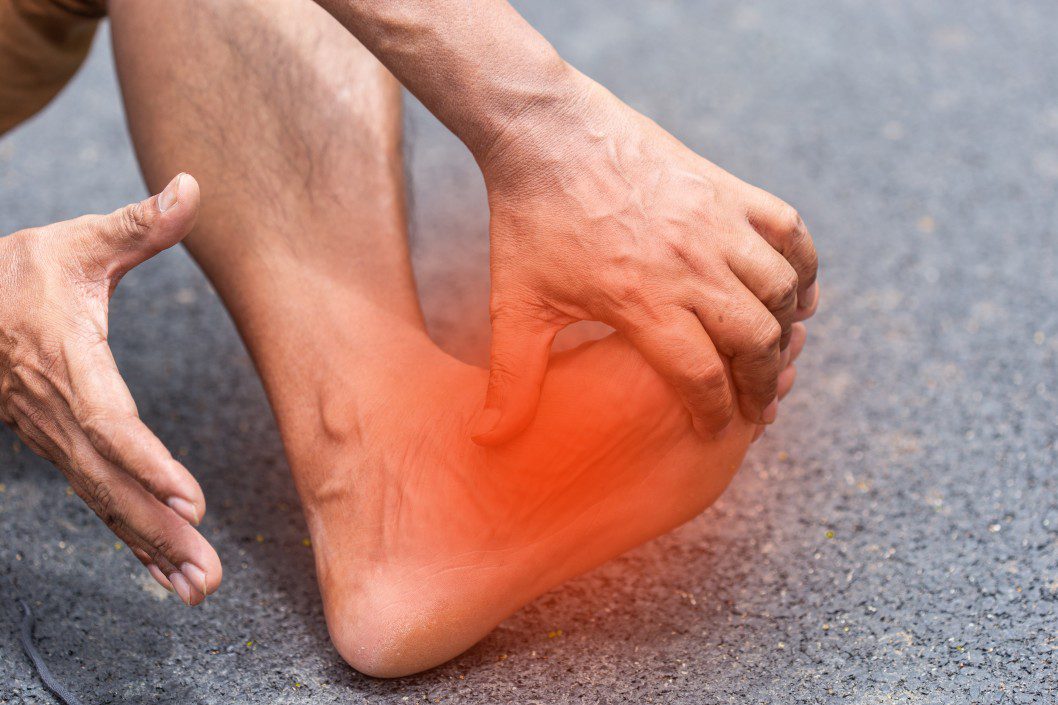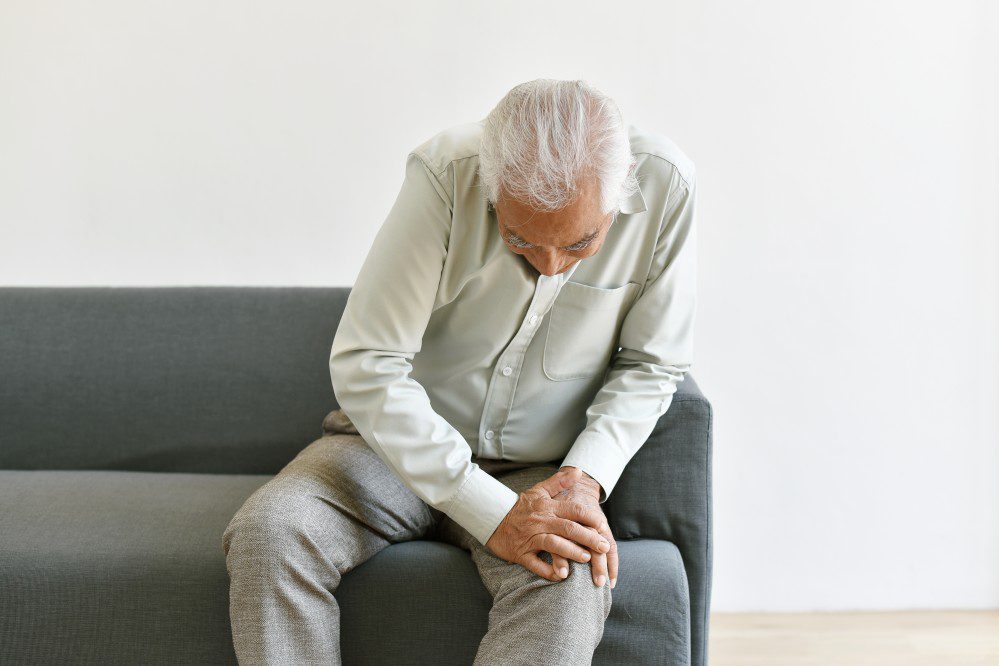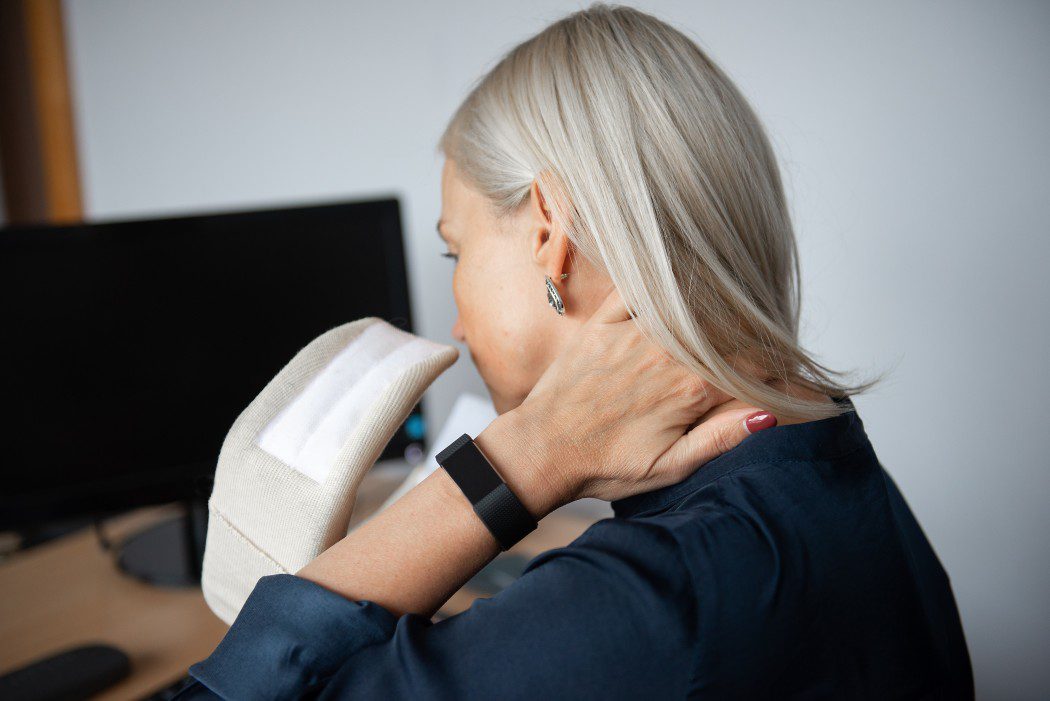
Foot Pain Treatments
Foot Pain Treatment Options
Causes
Symptoms
Treatment
Tips
Common Foot Pain Causes
Foot pain can affect the arches, heels, soles, or toes and is expected because your feet carry weight while standing and walking. Several factors, both medical and behavioural, contribute to the development of foot pain.
The most frequent lifestyle causes of foot pain include:
- Overuse: Runners who use their feet too much without stretching before and after may strain their feet.
- Walking surface: Over time, your feet may hurt if you run or work out on hard surfaces or rocky, uneven terrain.
- Gait: Gait—a person's walking style—determines foot placement. Structural changes can strain the foot arch; if one foot is injured, more weight is carried on the other foot, affecting the walking pattern and stressing the foot.
- Occupation and working conditions: People who stand on hard surfaces for long periods risk foot pain.
- Being overweight or obese.
Foot pain can be caused by or directly related to several medical conditions. They include:
- Infection
- Injury
- Plantar fasciitis: It causes acute or persistent pain in the back of the heel and affects roughly 10% of athletes. Other names for this condition include runner's heel and policeman's heel.
- Achilles tendonitis: Occurs due to the inflammation of the Achilles tendon, causing pain at the back of the ankle and the heel.
- Bursitis: Inflammation of the bursae, which generally act as a lubricant between the skin, tendons, and bones, causes this condition.
- Heel spurs
- Tight calf muscles, which reduce the motion of the tendon.
- Diabetes increases the risk of foot ulcers, nerve damage, and clogged or hardened arteries in the legs and feet.
Common Foot Pain Symptoms
The symptoms of foot pain might vary greatly from one case of the condition to another. The one thing that won't be in question is whether or not you're in pain.
It's possible that some symptoms, like those associated with your foot, only manifest at certain times, such as when you first get out of bed or when you put your foot through strenuous activity. A timely diagnosis is essential to prevent further damage from occurring, whether the pain is acute or chronic.
These are some of the symptoms of foot pain:
- The pain worsens when you step off the bed in the morning or stand after resting.
- You feel better each time you run or work out, but the pain returns when you rest.
- There is a pain when you try to raise your toes off the ground.
- Pain when kicking off at a running start, redness, and swelling around the injured area. This area may also have bumps that may be visible to the naked eye.
- Limited heel motion
- Pain when walking
- Wearing shoes becomes uncomfortable.
- Foot Stiffness
Common Treatments For Foot Pain
At Atlas Pain Specialists, we care about more than just relieving your foot pain; we care about your overall health and getting the diagnosis right is the first step in getting you the finest care possible.
Imaging techniques, including x-rays, MRIs, and ultrasounds, diagnose foot pain and rule out other potential causes. The standard treatments for foot pain can vary depending on the underlying reason but typically include the following:
- Elevating the legs which aid in blood circulation for faster healing.
- Rest
- Taking prescribed non-steroidal anti-inflammatory drugs (NSAIDs)
- A brace may be prescribed for Achilles tendinitis.
- Cold therapy: An ice pack reduces swelling and pain by slowing blood flow.
- Injection: PRP (platelet-rich plasma) injections accelerate natural healing, while steroids and anaesthetics relieve pain and make healing more comfortable.
- Surgery: Surgery may be the best way to relieve foot pain, especially if over-the-counter drugs and home remedies fail.
- Physiotherapy: Stretches and exercises can increase foot mobility and alleviate pain.
- Orthotic inserts and night splints: Night splints maintain the foot flexed to minimize morning pain.
- Shock wave therapy: A non-invasive pain management method that uses high-energy sound waves to signal the brain to mend damaged tissues
At-Home Treatment Tips For Your Foot Pain
Maintaining healthy habits and seeking treatment as soon as possible helps you avoid experiencing foot pain. To help you maintain healthy feet, we've compiled a list of some measures you may take.
- Stretching before and after running.
- Maintaining a healthy weight.
- Walking barefoot: Only do this on the sand, as walking on it is more difficult than on other surfaces, effectively exercising your feet.
- The muscles and ligaments in your foot can be improved by doing simple activities like picking up marbles.
- Achilles stretch: Exercising the tendon can be done in a variety of ways, including the ones listed below.
- Tip-toe exercises
- Squats
- Leaning forward, with one leg propped up on a chair or the wall.

Chronic Pain

Neck Pain
Ask us anything, or
schedule a same day
appointment.
